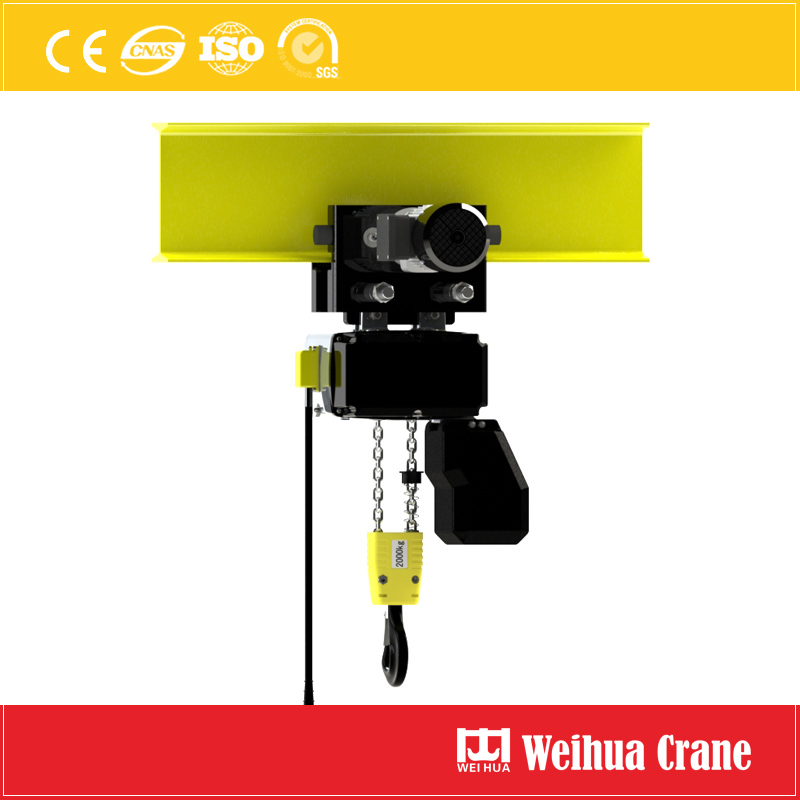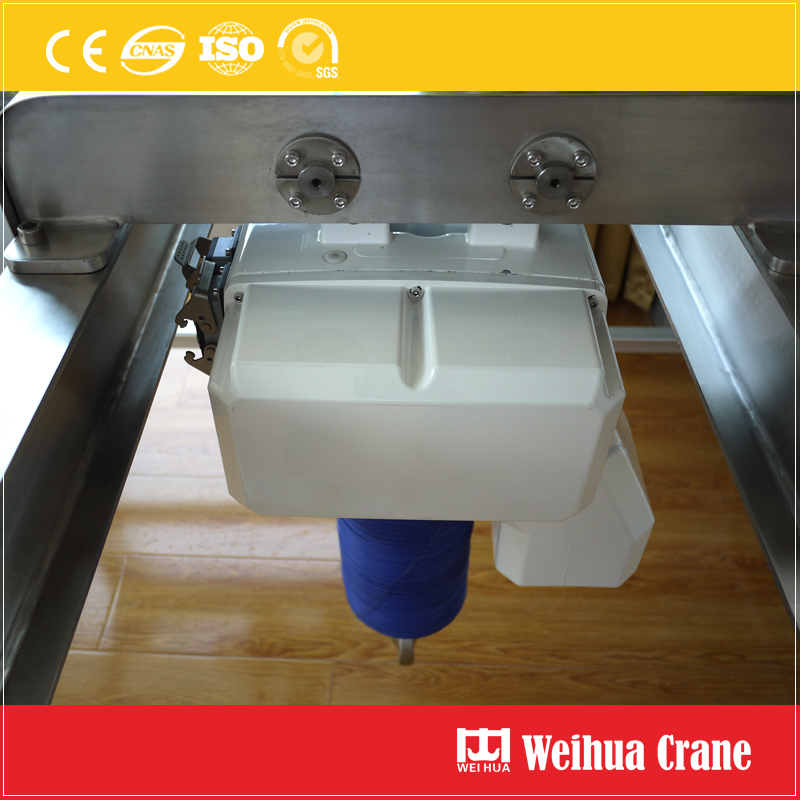I. LED energy-saving application theory (1) LED structure The Chinese name of LED is called LED. Its diode made of various compounds such as phosphorus, arsenic and nitrogen can radiate visible light when electrons and holes are combined. For the LED lamp, the core part is a semiconductor wafer fixed on the wedge bracket and two lead ends connected to the positive pole of the power supply and one end connected to the negative pole of the power supply. The semiconductor wafer is composed of three parts: (1) a P-type semiconductor component, that is, the component is usually soldered to a lead frame that is connected to the positive electrode of the power supply; (2) an N-type semiconductor component, that is, the component is usually soldered to a power supply. Above the lead frame of the negative electrode; (3) PN junction, that is, a transition layer between the P-type semiconductor component and the N-type semiconductor component. Further, the above three portions are sealed by using an epoxy resin having two or more epoxy groups in the molecule, whereby an LED lamp can be constructed. (B) LED lighting principle LED is actually a semiconductor diode, relying on it can achieve the conversion of electrical energy to light energy. Light-emitting diodes also have the unidirectional conductivity of ordinary diodes. When a forward voltage is introduced into the light emitting diode, holes injected from the P region to the N region and electrons injected into the P region from the N region are respectively within a few micrometers near the PN junction and the electrons of the N region and the holes of the P region, respectively. After compounding, spontaneous fluorescence will appear. It is particularly noted that the semiconductor materials are different, and the energy states of electrons and holes are quite different. The amount of energy released when electrons and holes recombine exhibit a negative correlation with the wavelength of the emitted light, that is, electrons and air. The less energy released during the recombination, the longer the wavelength of the emitted light; conversely, the more energy is released when the electrons recombine with the holes, the shorter the wavelength of the emitted light. (3) Compared with ordinary diodes, the characteristics of LEDs are more significant. The specific characteristics are: low working current and low working voltage; relatively long service life; good impact resistance and seismic performance. LEDs exist for the above-mentioned series of features to be used as light sources or signal displays. (4) Classification of LEDs LEDs can be divided into various categories based on relevant standards, including ordinary monochrome light-emitting diodes, high-brightness light-emitting diodes, color-changing light-emitting diodes, ultra-high-brightness light-emitting diodes, voltage-controlled light-emitting diodes, and negative-resistance light. Diodes, etc. Among them, ordinary monochromatic light-emitting diodes are most commonly used. The reason is that ordinary monochromatic light-emitting diodes are used as current-controlled semiconductor devices, which have low operating current, low operating voltage, small volume, fast response speed, and relatively uniform and stable illumination. At the same time, the wavelength of the light determines the color of the ordinary monochromatic light-emitting diode, and the wavelength of the light is closely related to the semiconductor material used for manufacturing the light-emitting diode. Second, the status quo of LED energy-saving applications is affected by many advantages of LED, making it widely used in various industries around the world. Up to now, LED has been applied more maturely in many industries in China, and has played a vital positive effect. Taking the application of LED in the display and the lamp as an example, the specific performance is as follows: (1) The application of LED in the display screen is driven by the rapid development of digital information, and the lag of the previous display technology is increasingly prominent. Take effective measures to gradually increase the innovation and improvement of display technology, that is, by introducing LED into the display industry, the display can be optimized and upgraded, and has a series of advantages: one is thin and light, and the portability is enhanced; the other is to increase The screen brightness and color expression make it more uniform; its three-digit power consumption is reduced, the luminous efficiency is high, and the endurance is significantly improved; (2) The application of LED in the lamp is compared with the developed countries. The application of LED in the automobile market in China is in its infancy, and many aspects need to be further matured and improved. The author believes that the application of LED in the automotive market has both advantages and disadvantages. The advantages are as follows: First, the service life is long, that is, if the LED lighting uses LED, then the car does not need to be replaced in the normal life; second, high efficiency, low energy consumption, in line with the sustainable development strategy; The structure is relatively simple, that is, the internal support structure is sealed with transparent epoxy resin around, and the seismic performance is better; Fourth, the light quality is relatively high; Fifth, it is suitable for low voltage working conditions, and is more suitable for automobiles; It lights up without delay, and the light response speed is faster, and it is suitable for objects with fast moving speed. Seventh, the LEDs occupy a relatively small volume, which usually does not affect the overall beauty of the car. The shortcomings are as follows: First, the cost is relatively high; Second, the light design difficulty coefficient is large; Third, the heat dissipation performance is poor, prone to light decay phenomenon; Fourth, the maintenance performance is poor. Throughout the world's many developed countries, the use rate of automotive LED lights in automobiles has been close to 50, and the use rate of automotive LED lights in China's auto dealers is still less than 1, the reason is that the majority of car users in China have not been able to fully and accurately understand The superiority of LED lights, and the incorporation of some low-quality LED lamp products into the automobile market mislead the majority of car users to understand the LED lights, causing many car users to resist the LED lights. Third, LED energy-saving application development trend At present, because the global lighting energy consumption accounts for about one-fifth of the total power resource consumption, so from the lighting energy-saving can bring more invaluable contribution to energy-saving emission reduction. Although the appearance of LED has been going on for decades, its use in the field of lighting is still in its infancy. With the rapid advancement of LED lighting technology in recent years, the steady improvement of various performance indicators has made its application fields more and more extensive, especially in the environment where the global energy crisis is heating up again, the LED market will be more concerned by people. Favor. The nuclear leakage incident triggered by the earthquake in Japan in 2011 has increased the concerns of the countries of the world about resources and environment. At the same time, the incident has also brought about a great impact on the development and development of new energy, and accelerated the development of large-scale use of emerging energy such as wind power, photovoltaics and hydropower. As a new type of lighting device, LED does have many unique advantages. However, it is unavoidable that LED itself still has some problems and shortcomings. It still needs us to continue to research and improve it so that LED can exert the best results in our lives.
Chain Hoist is a small capacity hoist with the chain as the hoisting sling. It can be a munual type chain hoist or a electric chain hoist. The chain hoist can be mounted on a I/H beam steel, Suspension Crane, portal Gantry Crane, Jib Crane or Overhead Crane, etc. for lifting light weight goods.

Manual chain hoist is simple to use with simple structure. Electric chain hoist can be a Europ standard electric chain hoist or a sanitary chain hoist which is fabricated according to European FEM and Germany DIN standard with modularized design of motor and reducer.

Capacity: 0.1t ~ 5t
Lift height: 3m ~ 8m
Lift speed: 10m/min
Packing: wooden case, leather, reinforced bar, etc.

Weihua is a China leading lifting equipment manufacturer with 31 years experience. You can find our products all over China and 110 countries such as the UK, Russia, USA, Thailand, Ukraine, Egypt, Mexico, Pakistan, Malaysia, etc. We have confidence to provide you with the right products and professional solutions. Just let us know your needs.
Chain Hoist
Hoist Trolley,Chain Hoist,Manual Chain Hoists,Hand Control Chain Hoist
Henan Weihua Heavy Machinery Co., Ltd. , http://www.hoistcrane.nl



![<?echo $_SERVER['SERVER_NAME'];?>](/template/twentyseventeen/skin/images/header.jpg)